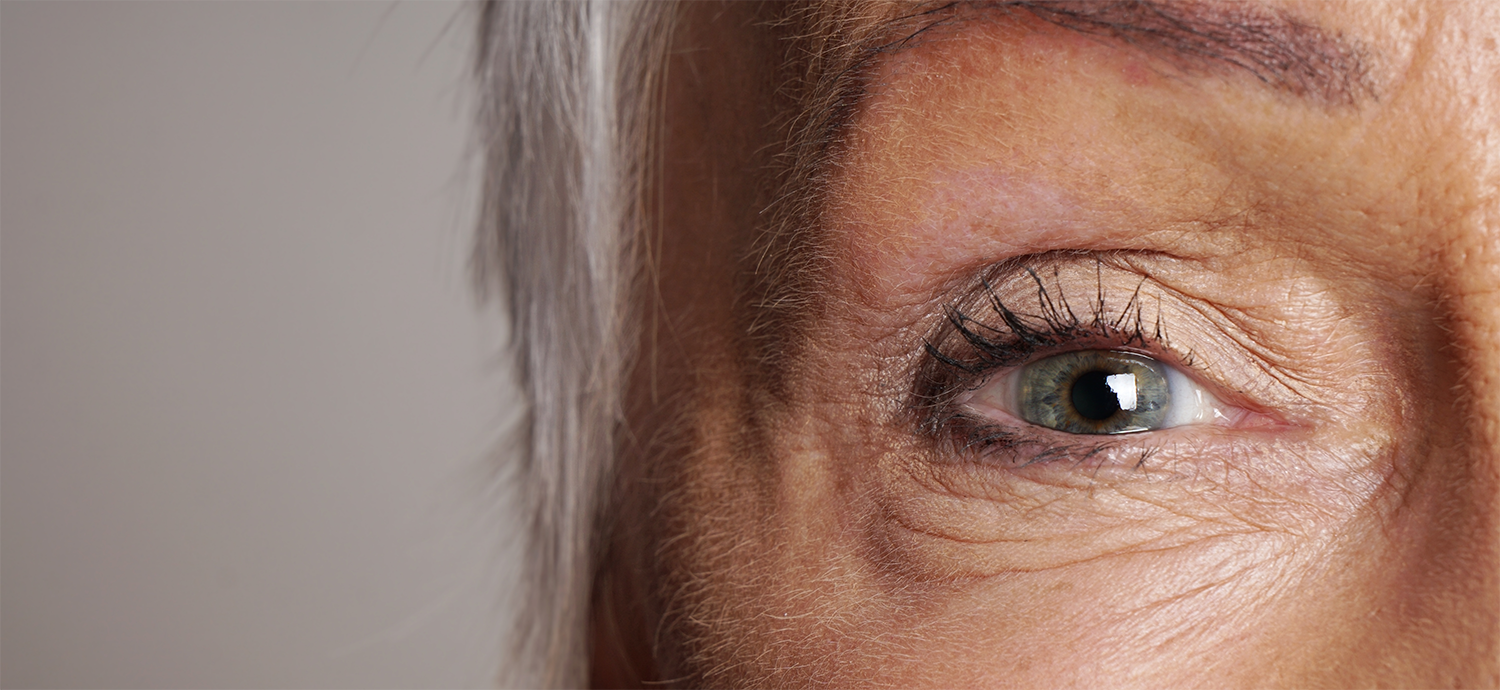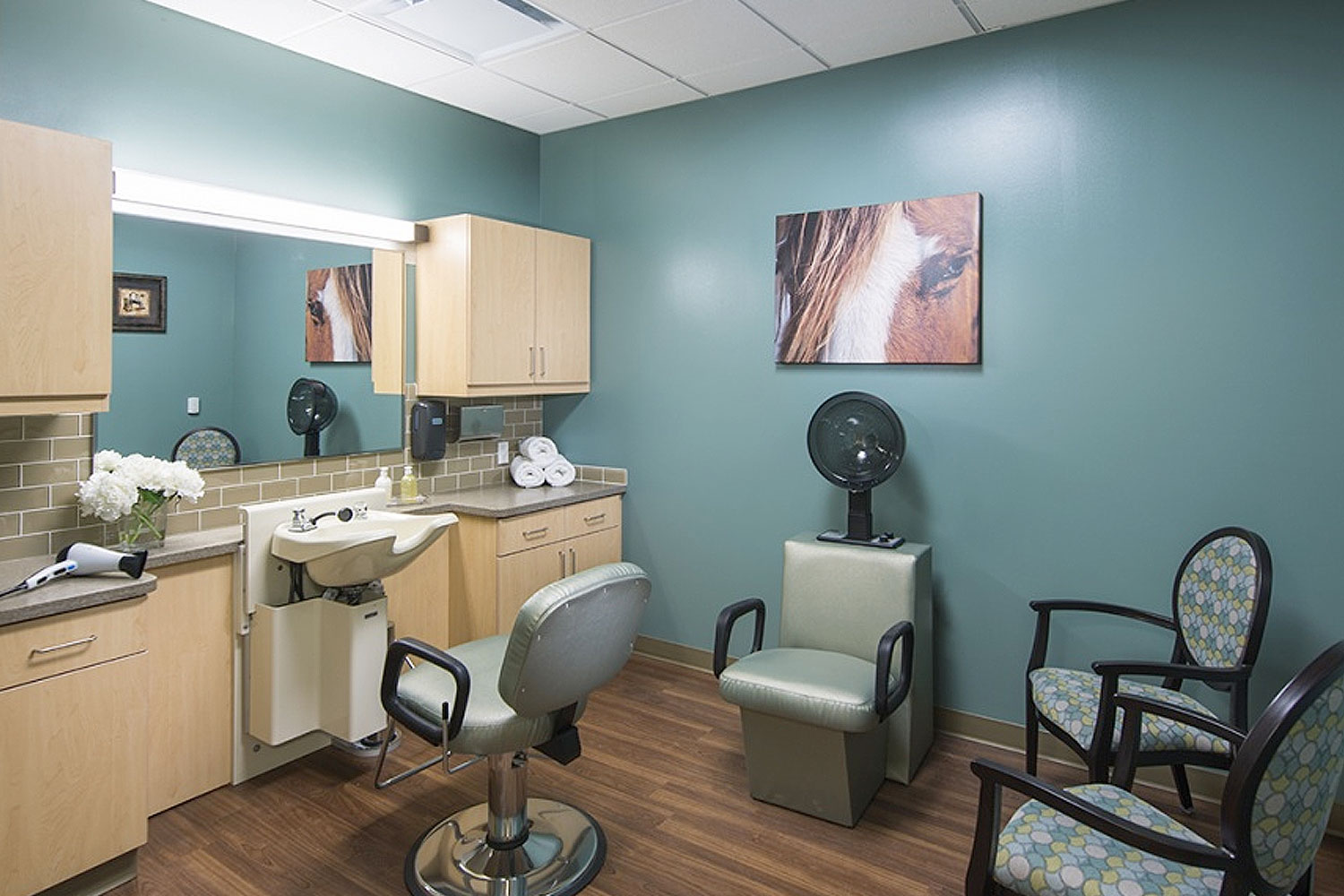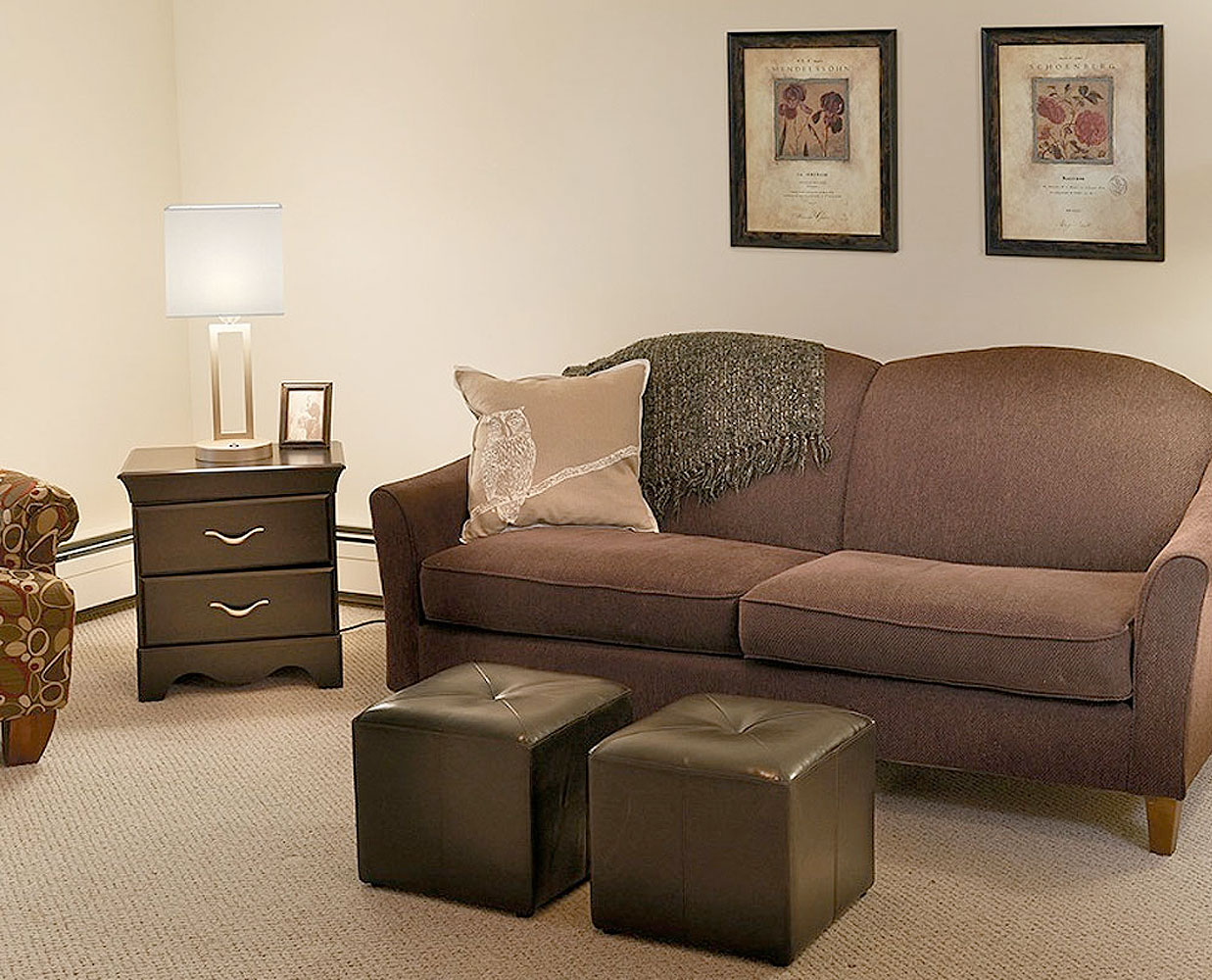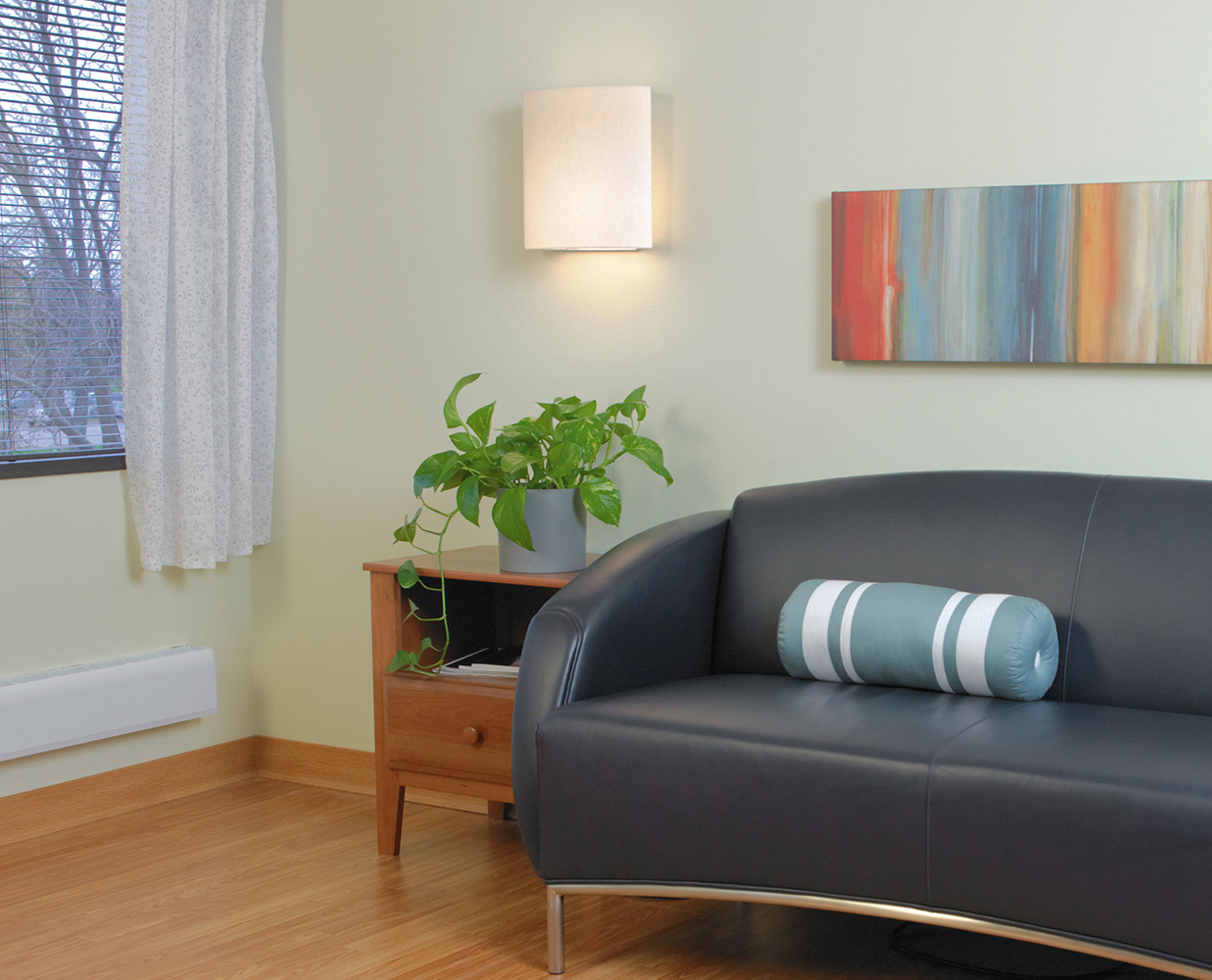
Blog
Light Sensitivity and Glaucoma: How Lighting Design Improves Patients' Lives
Proper Lighting Design and Circadian Rhythm Support Can Improve the Lives of Glaucoma Patients.

Glaucoma is a common ocular disease and a major cause of blindness due to irreversible damage of the eye's optic nerve. As a result, light sensitivity and glaucoma tend to go hand in hand, but patients need glare-free light. With proper lighting design and by incorporating lighting to support circadian rhythm, those living with glaucoma can have a safer living environment and enjoy an improved quality of life.
According to the CDC, more than 3 million Americans have glaucoma. Vision loss from glaucoma usually affects peripheral vision first (what you can see on the side of your head when looking ahead). Later, it will affect your central vision, which is needed for seeing objects clearly and for common daily tasks like reading and driving. There is not a cure for glaucoma, but early detection can slow or prevent further vision loss, making annual vision exams important.

Range of vision example for a healthy eye.

Example of advanced vision loss from glaucoma.
Senior Living Lighting And Glaucoma
Glaucoma most commonly affects the middle-aged and elderly but can affect people of all ages.
Lighting designers must pay special care when designing senior living centers and long-term healthcare facilities. Many of these residents have low vision and often cannot see well enough to do everyday tasks. Senior living facilities may need as much as three times more light than is acceptable in other interior spaces. Higher, more uniform light levels are needed to allow residents the ability to easily navigate their surroundings to better enjoy their senior years.
In one study, 221 glaucoma patients were given a survey that asked them to respond to environments with low light, high light, as well as suddenly increased and decreased light levels. For those suffering from glaucoma, complaints about uncomfortable light levels and vision impairment were 20 to 40 percent higher compared to the control group. This study reinforces the connection between light sensitivity and glaucoma and notes that under extreme luminance conditions low light levels were particularly uncomfortable and highlights the importance of optimal luminance. (https://pubmed.ncbi.nlm.nih.gov/29520960/)
- Learn More
The Luther Manor Senior Center featuring Allegro table lamps. More Allegro Photos
- Learn More
The Unity sconce provides glare-free light that is comfortable for glaucoma patients. More Unity Photos
Lighting Design To Support The Glaucoma Patient
The Illuminating Engineering Society’s RP-28-20, Recommended Practice: Lighting and the Visual Environment for Older Adults and the Visually Impaired recommends that for seniors with ocular diseases such as glaucoma designing spaces with higher light levels while controlling glare is especially important to create a comfortable and safe living environment.
Glaucoma And Circadian Rhythm
For those suffering from glaucoma or other vision impairments, it is important to consider how their circadian rhythm may be affected. Circadian rhythms are roughly 24-hour cycles that are part of the body’s internal clock.
This natural cycle of day/night cues our brain in various ways to help us carry out daily functions including our sleep-wake cycle. When properly aligned, your circadian rhythm can promote consistent and restorative sleep. But when it's thrown off, it can create significant sleeping problems, including insomnia. Research is also revealing that circadian rhythms can also play an integral role in your overall physical and mental health.
In a study published in the journal Reviews in Endocrine and Metabolic Disorders, researchers observed that those with glaucoma and other ophthalmic diseases can have circadian rhythm misalignment due to the reduction in light transmission and inadequate exposure to the light-dark cycle. The study proposed that glaucoma may be the leading ocular disease that compromises the circadian system. In glaucoma patients, the eye's optic nerve axons are damaged, resulting in the death of retinal ganglion cells (ipRGCs).

The Shine glare-free vanity light installed in the Platte County Replacement Nursing Care & Assisted Living Facility. More Shine photos, Shine product page
Lighting Design Tips For Senior Living Facilities:
Incorporate task lighting. Task lighting is important in all spaces, particularly in areas where residents might be preparing meals, reading, crafting, or playing games.
Reduce glare. Ambient light levels with uniform illumination provide better vision quality. Softening shadows and glare are easier on the eye. Achieve this by installing overhead lighting with even light distribution, wall sconces with matte lenses or shades, and table or floor lamps placed in seating areas.
Create safe walkways. Corridors and halls should be illuminated with wall sconces that have matte lenses or shades and spaced to provide a uniform and bright, glare-free environment. Indoor and outdoor sconce placement should also provide wayfinding for residents when navigating to their apartments, condo spaces, or private rooms.
Proper vanity and personal care illumination. CRI or color rendering index is especially important in vanity lighting applications. Lighting should have non-glare lenses or shades with some light directed up and down as well as on the resident face for performing personal care tasks.
Create comfortable spaces. Lighting design should include decorative luminaires that create a hospitality-like atmosphere. Non-institutional lighting helps residents feel more relaxed and comfortable in their living environments.
Incorporate circadian rhythm lighting systems. Whenever appropriate, include light sources that provide circadian support through changes in wavelengths throughout the day to mimic sunrise to sunset.


